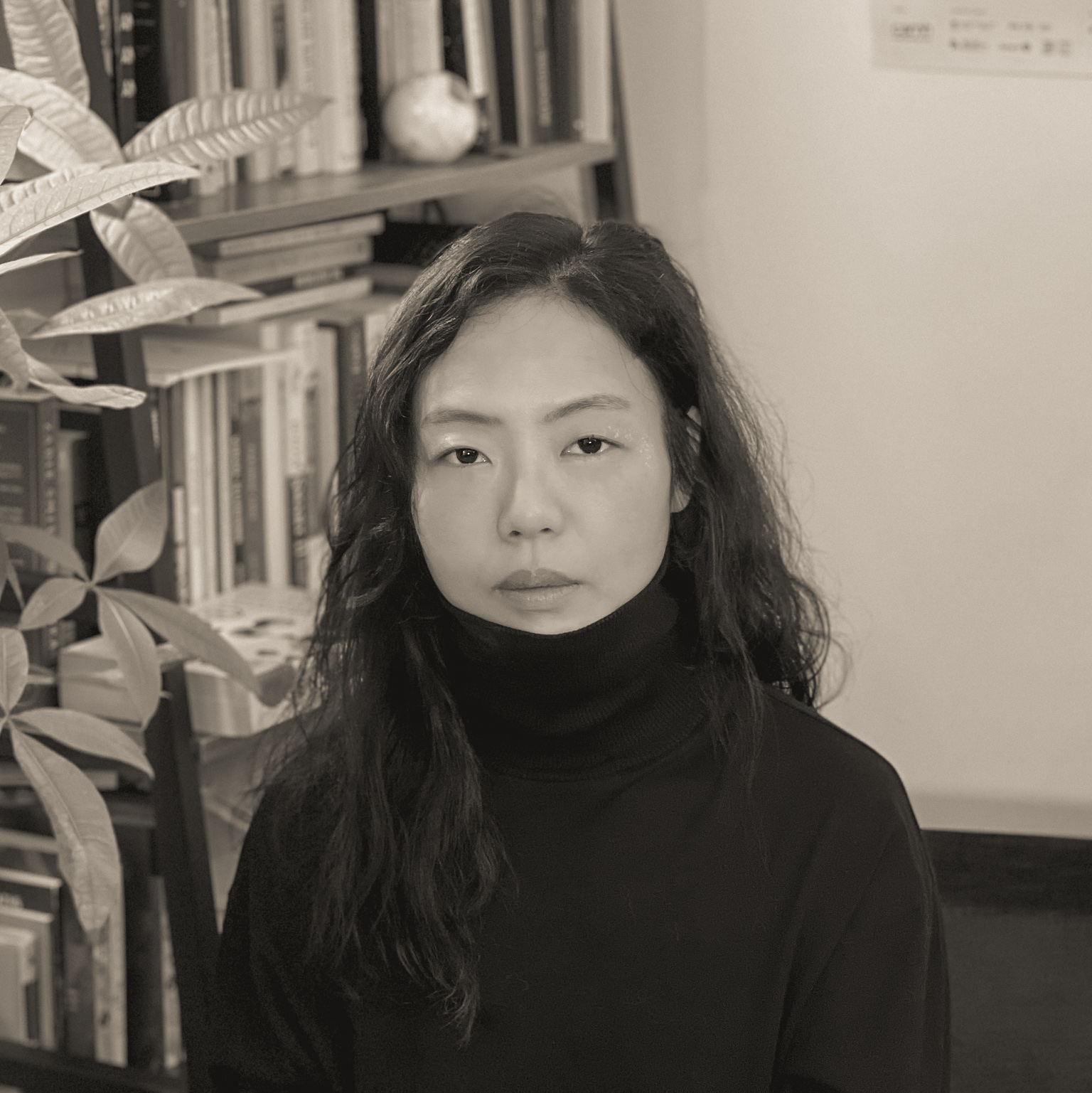Ivetta Sunyoung Kang

Ivetta Sunyoung Kang (they/them) is a conceptual artist, worker, researcher and poet currently based in Tkaronto/Toronto, Canada. They create project-based work woven across Canada, Germany and South Korea. Their interdisciplinary project-oriented work convolves and evolves simultaneously through conversations between projects, across cinema, video installation, poetics in anecdotes and marginalia in the un/archived, performance, site-specific installation-based responses and audiences’ participation. They carry curiosity with constant observations around post-colonial debris in search of unsettling/unsettled languages and unrealized emotions. They hold great interests in playing with friction, irony, paradox and absurdity found in the socio-cultural apparatus of knowledge production histories and industries and micro- and macro-ethnographical structures where individual utterances and recuperated semiosis have to re-join through poetics.
Kang obtained an MFA from Concordia University in Canada. They have presented/will present internationally, including at Nuit Blanche Toronto (2024), Centre Clark (2023), the Smithsonian Hirshhorn Museum and Sculpture Garden (2022), and ArtScience Museum (2022), among others. They have participated in AiR programs such as at the AGO X RBC Artist-in-Residence at the Art Gallery of Ontario (2022) in Canada and ZK/U (2023) in Germany, among others. Kang has published two self-publication projects, Absent Seats (2019) and Tenderhands #1-100 (2022). Kang has published Tenderhands Volume 1 #1-100 Korean version with a South Korea-based press, Leftie Press in 2024. www.ivettakang.com
Archive Reindex Archive presents photographs and captions from National Geographic magazine from 1945 to 1959, filterable by year and country. It was conceived by Ivetta Sunyoung Kang and has been developed in collaboration with artist and web developer Kii Kang. It is formed as an interactive and participatory website inviting visitors to annotate the archives, whose photographic elements are glitched by an inversed saliency mapping. Saliency mapping deliberately reassembles the perception of internalized movements of general viewers’ eyes that lie on input images at first. It unearths archived remnants of the aftermath of WWII, the “expeditious” human movements of global colonization and imperialism, war and wealth propagation and discrepancies between capitals and raw resources for national expansions. he project strives to collect contemporary annotations that correct, question, and confront uncomfortable gazes in the magazine to bring a collective means of slow, gentle recuperation of those gazed at and othered.